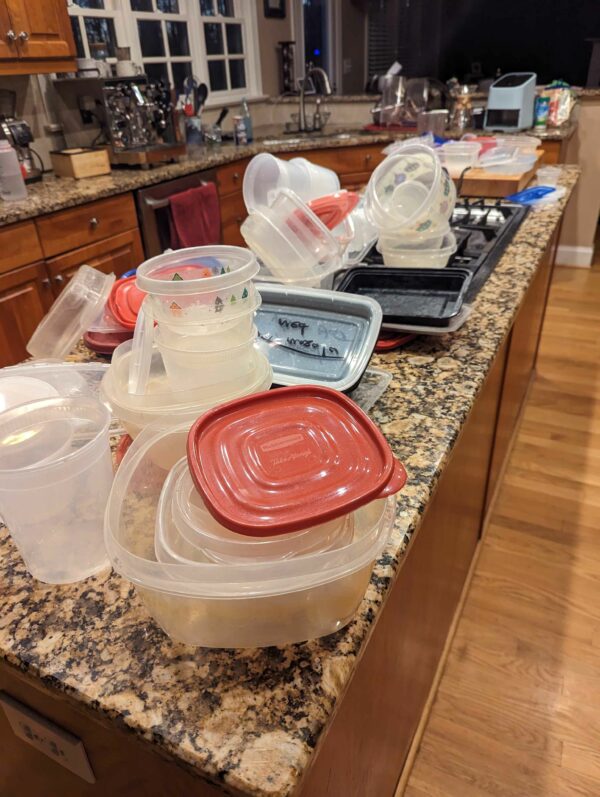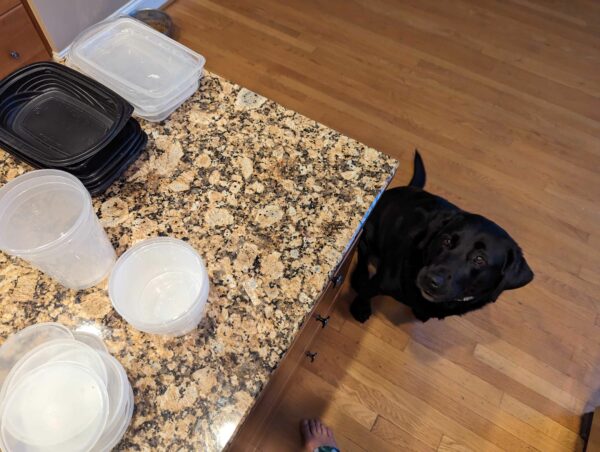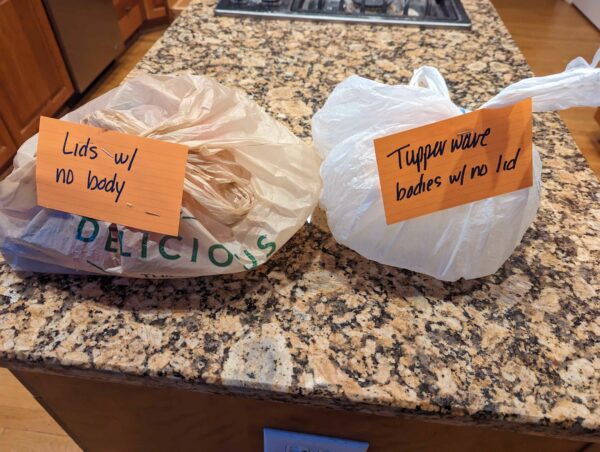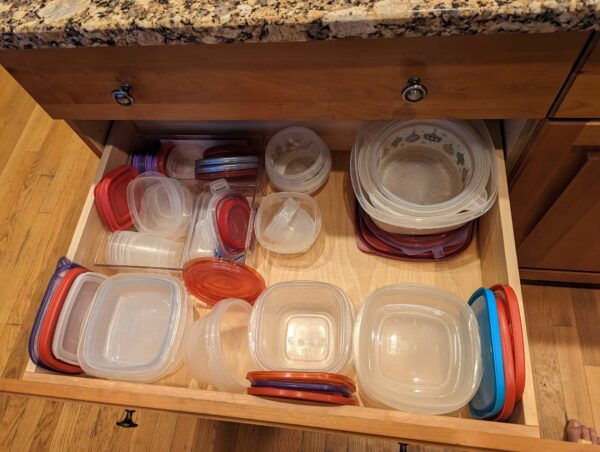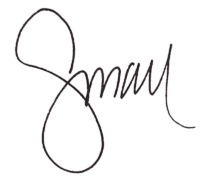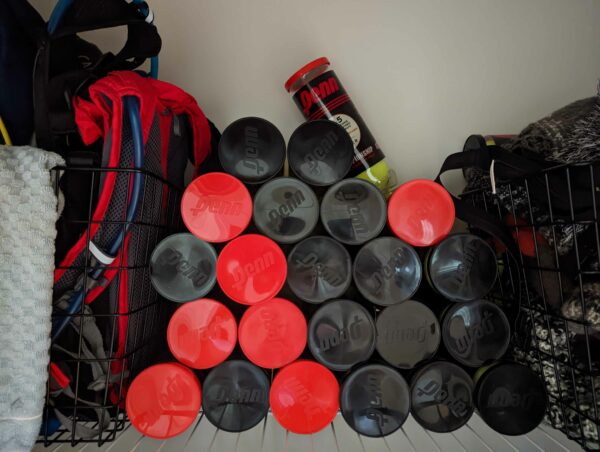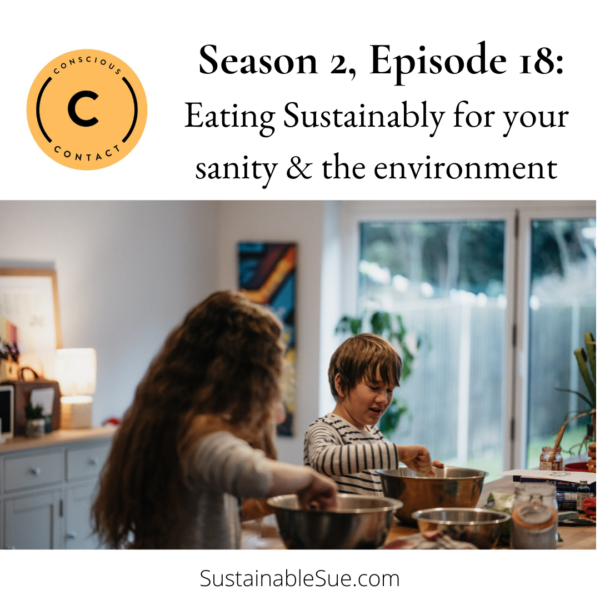Episode 24: 10 Tips for Conquering Clutter
When we talk about physical clutter we are talking about two kinds – paper and objects. Paper and objects both come into your life for different reasons and hold different meaning. These are the stacks of papers that don’t ever seem to be filed or the influx of children’s artwork that you can’t stand to throw away, but also can’t stand to have stacked on the dining room table. This is the lack of systems that make you miss paying a bill. These are the gifts that you received / inherited that you did not like but feel the need to keep. We are talking about the paper and objects that make you feel weighed down when you see them. This is what we mean when we refer to clutter.
Here is what you can expect in this episode:
- How many hours you lose to lost things and what it means for your physical health and wallet.
- Real life examples and how all dimensions of Sustainable Productivity are impacted.
- Practical suggestions to slowly but surely address the clutter.
Listen at the link below or search for “Sustainable Productivity with Susan Sanders” everywhere podcasts are available.
Links to Learn More
Links mentioned in this episode of the Sustainable Productivity podcast:
- Sign up for episode emails, weekly essays, and links so you never miss a thing!
- This episode is not about hoarding, which is a specific mental disorder. You can read more about that at this link.
- Go to this link to read Joseph Ferarri’s NY Times article about clutter
- Get your copy of the Sustainable You time tracker here
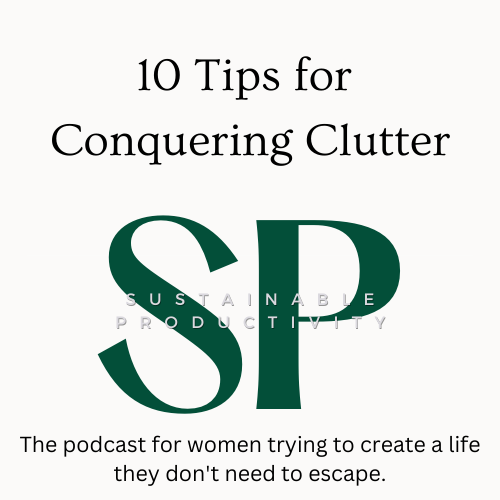
We would love to hear from you. Send your feedback on the episode, suggestions for future show topics or guests, and anything else to Susan@SustainableSue.com or in a DM on Instagram.
